My Three Lenses
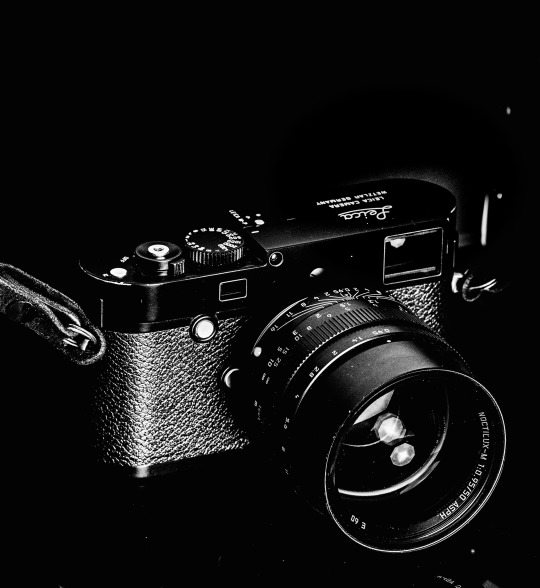
Editorial by . Be sure to also check him out on . Images and text used with permission
Out of habit (and lust), I read a lot
of online reviews of photography equipment. Truth is, I’ve spent too many hours
delving into the craftsmanship part of the medium. But it’s a side note to my
greater passion, which is shooting. This is why I’m sharing the contents of my
camera kit — because in my journeys, I’ve
found most reviews of equipment to be written from an expert’s point of view but
it’s harder to find a cohesive opinion about a complete camera kit from the
point of view of artists. I wish there were more conceptual photographers who
shared their set-ups because we could look at their work and make decisions
based more on the creative side of photography, rather than the technical.
I
offer up a look into my own camera bag because it works so well for me. It’s
been chiseled down (over three decades) to be what I consider a perfect “fine
art” camera kit. It gets me professional grade shots for everything I love to
shoot, which is real life, but even more, it is a set-up specifically designed
around photography as a form of self-expression.
Why Rangefinder?
Before talking glass, it’s worth noting that I’m a rangefinder shooter and these are
M-mount lenses. The smaller footprint of a rangefinder keeps me in constant
visual contact with my surroundings and it keeps the camera more as an
extension of me, rather than in the category of “equipment.” My biggest desire
is to have my camera be unnoticeable, to me and the people in my shots. Because
my goal is to experiment and flow while I shoot. And it’s also worth noting
that there are great equivalents to these lenses all across the board, with
most every reputable brand and for SLRs as much as Rangefinders.
Why Three?
Deciding
on three lenses comes from my own personal experience in 35 years of this kind
of shooting. I’ve had more lenses and I’ve had less lenses out in the field.
Three, for me, is the magic number for two main reasons:
First,
in terms of angle of view, my kind of creative work falls entirely into three
popular focal lengths. If you take a look at the chart here, you can see it
depicted in the colors: pink, gray and green. Because nearly all shots I take
contain people within their environments, I am always shooting in that
mid-to-wide range where both of those elements can co-exist nicely. But
each of the focal lengths express the relationship between person and
environment differently – and those differences are often essential to what I’m
trying to convey. I’ll discus those differences when we get into the lenses.
Secondly,
there’s no doubt that you could fill up your shelves with tons of great lenses,
all of which would offer different ways at the same shots. But I have found
that three is enough to get any kind of shot and have all my lenses with
me at all times. Any more and I’m having to make decisions about what to bring
all the time and it’s too much for me to process. In fact, oddly, when I have
more than three lenses, I’m actually more likely to just choose one. Whereas
when I have three, more often than not, I take them all. So, in an odd twist, I
end up with with the widest daily variety with three lenses.
Let’s
get into the set. We’ll start, as they do in the movies, with a wide shot:
Super Wide: 21mm/3.4
Super Elmar

Obviously,
wide angle is the choice for landscapes, but it has great use in shooting out
on in life, as well. For those expansive cityscapes that highlight the
relationship between humans and their environments, 21mm is my favorite focal
length, offering no-distortion views of large geometrically-driven,
architectural backdrops as well as a unique look at the world that can include
incredible detail in the foreground, background and middle ground. There is no
denying how great the natural look of a 35mm lens is, but there are just so too
many ideas I have while out on the street where the extra environmental
elements are desirable for me. At the moment, because of the themes I’m
currently working on, the 21mm is on my camera constantly.

There
are other choices in the super wide category — from
near-fisheye up to 24mm, or so. If I were shooting documentary work indoors or
true landscape images, I might prefer a 14mm. But my themes always tend to
involve humans and their environments in some way, so when I go wide, it’s to
heighten the drama of the environment. The 21mm gives me a very interesting
relationship between that environment and the human form, much more so than the
35mm. And the 21mm Super Elmar is the sharpest lens, not just of all the 21mm
lenses, but perhaps across the entire Leica line, making it both the best of
the wide angles and the best quality image. It’s also amazingly compact
for what it does. I’m constantly finding myself thankful for the extra detail
and true lines that the Super Elmar provides. There are also a lot of little
advantages that come with the high quality build of the Super Elmar. As an
owner of the previous, non-ASPH 21mm, not having to deal with detail drop offs,
fringing and vignetting common with a lot of wide angle lenses makes this an
easy one to love.
35mm/2.0 Summicron

35mm,
of course, is the standard — coveted
by a long history of street and documentary shooters. Its angle of view
captures the world with a highly-desirable mix of environment and subject
matter. People like to say it’s how the eye sees the world. I don’t necessarily
agree with that, but I do think it might be how the eye likes to see the
world, with a straightforward and excellent equilibrium of person and space.
When I shoot with the 35mm, I know that the viewer will be looking at the
people in my shots and that they will be the first read, but environment will
play a key role in the moment captured. If it’s human gestures that I want
to capture, for some reason, or a group interacting, or the human plight – this
is all great territory for the 35mm.

There’s
nobody who is going to argue against the 35mm/2.0 Summicron and that’s the lens
I (and most rangefinder photographers throughout its history) probably keep on
the camera the most. Besides being a ubiquitous focal length, the Summicron
provides an unparalleled quality of image, in an incredibly small and beautiful
package.
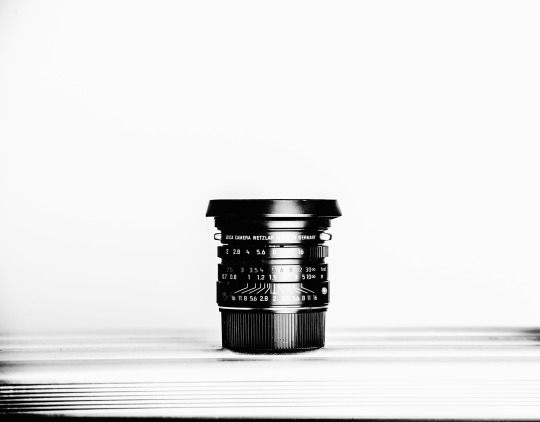
People
have a hard time putting words to it, but the Summicron provides a “true” look
with both incredible sharpness and a very beautiful way of decreasing that
sharpness as you move out of focus, allowing your subject to stand out on the
image in a number of different ways — either
through contrast or detail. And often through both. This is an area of fine art
photography that is not discussed nearly enough, to my mind – how lenses help
separate foreground elements and background elements. This is the true key to
beautiful imagery, as far as I’m concerned.
One
of the things that the 35mm Summicron actually doesn’t get enough credit for is
how beautiful it shoots wide open. People often give other lenses more credit
for gorgeous bokeh (which I think is a confusing term), but at 2.0 the
Summicron holds its own quite well in that arena, too. When I do choose to only
have one lens with me, for say a long trip where I want to keep it simple, this
is the one. And there is no compromise in that decision. As an example, here’s
two other shots from a recent trip to Toronto where I only brought this one
lens (the guy above is also from the same trip):
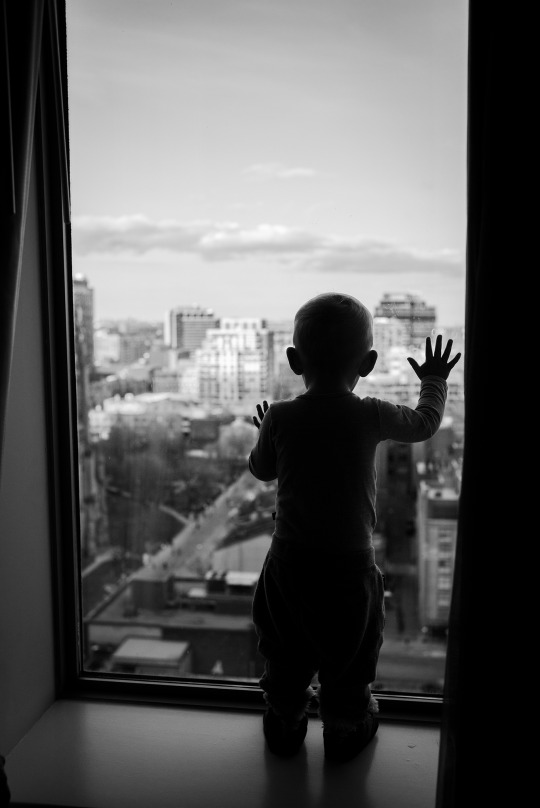
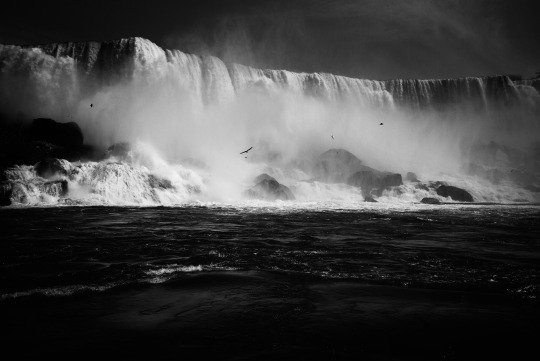
50mm/0.95 Noctilux
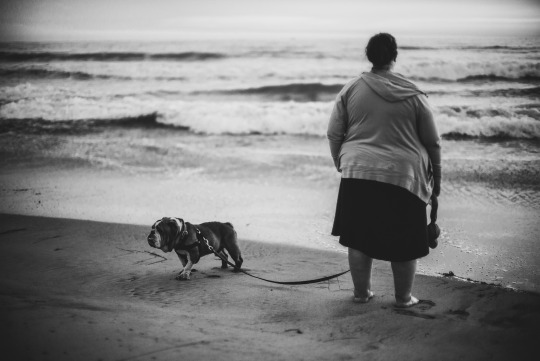
In
fact, 50mm and 35mm shooting can appear very similar, from a pure focal length
perspective. And while I do like to use this for portraits, if it were a
professional job, I might prefer a length over 70mm. But as mentioned, this is
not the kit for professional portrait shooting — this
is for real life and my own creative expression. And for that, this focal
length (and in particular, this lens) does a number of things for me that my
other lenses do not:
For
one, at 50mm, I’m getting a more intimate view of person and environment than
the 35mm. So, even when shooting outdoors, I’m in a little tighter than normal.
You might not quickly notice it, but I do think that you feel it. I call this
my “emotional lens,” because I tend to put it on when I’m feeling especially
empathetic or having a desire to be closer, in all ways, to what I’m shooting.
I think it connects you to the subject quite a bit more than the 35mm, and
therefore it’s an important tool to have, specifically for a wider emotional
range, if nothing else. Even when people are not in the photo, I feel up close
and personal to my subject, while still including environment, and that gets me
a shot with a lot to take in and feel. As a viewer, you’re in the shot.
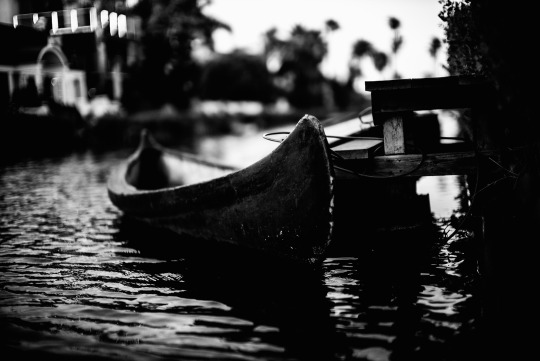
There
are a lot of choices in the 50mm range, including a 50mm Summicron that is
every bit as incredible as the 35mm Summicron. Personally, I’m partial to the
Noctilux, which opens up to a mind-blowing 0.95, for a beautifully smooth and
artistic rendering of out-of-focus areas. It is, in fact, not a very sharp or
clinically well-detailed lens, but for this more intimate kind of shot that I
like to get with it, that only seems to add to the emotionality of the image.
And while I do love the high contrast and detail of the 35 Cron, the look of
the Noctilux is what drew me to photography to begin with, so it is an
important third lens for me to have.
It’s
a beast, in terms of size and weight, but certainly no more so than any given
lens on an SLR. It’s really the only item I have that isn’t completely compact,
so in fact, it doesn’t feel like too much of a sacrifice to carry around. Not
pictured below is the 6 stop filter I have on it usually, so that I can
actually shoot with it during the day — it
lets in so much light that even at its fastest shutter speed and lowest ISO, images
are still blown out.
And those are my three lenses. The way I roam, I keep the camera out and the other two lenses in a Billingham bag that seems tailor-made to hold two extra lenses, an extra battery, a lens cloth and some SD cards. On my big outings, I can be out walking for upwards of 5 or 6 hours and this set-up makes it easy.
The holy grail of photography kits, for me, is not really about the technical purity of the construction (although of course I love that stuff), but in the feeling one has when there is 100% confidence that anything I think of out in the real world is achievable through what I’m carrying with me at any given
moment.
My hope is that more photographer/artists talk about their own set-ups, especially in relationship to the kinds of shots they take, which seems to be the more human way of thinking about it. I hope this is helpful. Feel free to hit me up with any questions. You can always find me plugging away at Instagram.com/joshsrose.